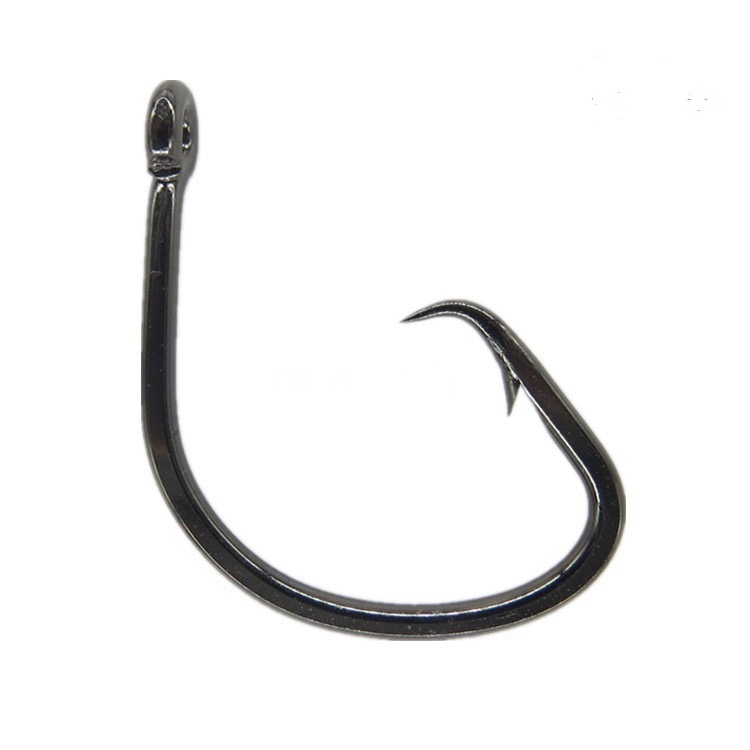Swordfish, the gladiators of the ocean, are prized by anglers for their power, size, and elusive nature. While traditionally targeted at night, modern advancements have shifted the focus to daytime deep dropping—a method that involves deploying baits to extreme depths where swordfish feed. This technique has revolutionized the sport, offering consistent action and thrilling battles. Below, we break down the essential tactics, gear, and strategies to help you master this challenging yet rewarding fishery.

Understanding Swordfish Behavior
Swordfish are unique predators that migrate vertically in the water column, hunting near the surface at night and retreating to profound depths during the day. This diurnal pattern aligns with the movement of their primary prey, such as squid and deep-water baitfish, which follow zooplankton in the “deep scattering layer” (DSL). By targeting these depths during daylight hours, anglers can intercept swordfish as they patrol underwater structures like seamounts, ridges, and canyons—areas where currents funnel prey into ambush zones.
Essential Gear for Deep Dropping
Deep dropping demands specialized equipment to handle the immense pressure of fishing at extreme depths. Here’s what you’ll need:
Rods and Reels: Opt for heavy-duty bent-butt rods with soft tips to detect subtle bites. Pair these with electric reels or lever-drag two-speed models capable of holding substantial braided line. Electric reels are critical for efficiently retrieving gear from extreme depths.
Terminal Tackle: Use a wind-on leader system with a long section of heavy mono, followed by a bite leader. Attach a sash weight via a longline clip above the bait to maintain a vertical presentation.
fishing hooks: Swordfish have tough mouths, requiring strong, sharp hooks. Large J-hooks or circle hooks are ideal, as they provide better hooksets and reduce the risk of pull-outs.

Bait Selection and Rigging
Swordfish are opportunistic feeders, but squid remains the most effective bait due to its durability and natural appeal. Rig whole squid or eels on your chosen hooks, ensuring the bait stays intact during the long descent. For added attraction, incorporate LED strobes or glow beads near the bait to mimic bioluminescent prey in the dark depths.
Pro Tip: Sewing the bait securely to the hook shank helps withstand the swordfish’s slashing strikes and prevents losing the bait during the drop.
Deployment Techniques
Success hinges on precise bait placement and avoiding tangles. Follow these steps:
Drift Analysis: Begin by drifting briefly to gauge current and wind direction. Position the boat upcurrent or upwind to maintain control during the drop.
Controlled Descent: Deploy the bait while idling forward at a slow speed. Attach the weight and continue letting out line, pausing periodically to remove slack. Stop once the rig is near the bottom.
Vertical Positioning: After reaching the target depth, maneuver the boat to align the line vertically. This minimizes tangles and keeps the bait in the strike zone.
Detecting and Fighting the Bite
Swordfish bites are notoriously subtle—often just a faint tap or flick of the rod tip. When you spot an irregular movement:
Free Spool: Immediately engage the reel’s clicker and release the weight to let the fish take the bait.
Hookset: Once the weight hits bottom, crank rapidly to remove slack. If resistance builds, the fish is hooked. Swordfish often “wake up” during the final stages of the fight, erupting into acrobatic leaps or charging the boat.
Location and Timing
Focus on continental shelf edges, underwater canyons, and seamounts in deep waters. Areas around prominent islands or submerged geological features are hotspots, while specific canyons are renowned for seasonal bites. Time your trips around tidal changes and moon phases, as swordfish feed aggressively during these periods.
Safety and Conservation
Deep dropping requires a seaworthy vessel and a vigilant crew. Always monitor weather forecasts, and avoid rough conditions common in late fall. Practice catch-and-release for undersized fish, and handle swordfish carefully to avoid injury from their bills.

Final Thoughts
Mastering daytime swordfish deep dropping demands patience, precision, and robust gear. By understanding swordfish behavior, perfecting your rigging, and targeting productive structures, you’ll increase your chances of landing these oceanic giants. Whether you’re exploring the canyons of the Atlantic or the banks of Southern California, the thrill of battling a swordfish in its deep-water domain is an experience every angler should pursue.
This guide combines proven tactics with insights from evolving fisheries, ensuring you’re equipped to tackle one of the ocean’s most formidable predators. Tight lines and happy dropping!